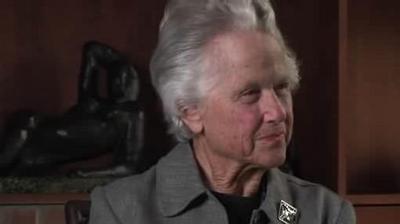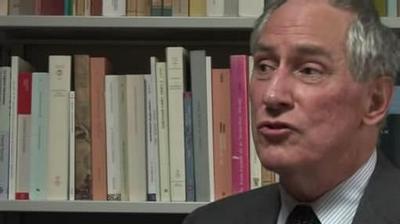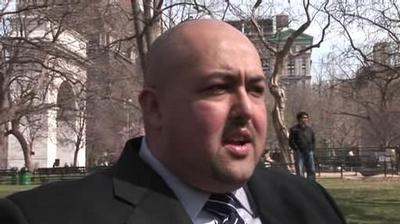
In this first clip, Eisenstein describes the conditions of scarcity that characterized the book as artifact in the age of the scribe. Thereafter she describes the printed word's role in the reformation, and how this served to transform the Catholic church's view of print - towards which it had initially been positive - and sparked attempts to control its influence.
Please note that this is the only clip not yet authorized for re-use, but only distribution. Contact us for any further information.

Darnton has spent much of his career investigating the system of information control in eighteenth century France prior to the revolution of 1789. This research brought him to Neuchatel in Switzerland, one of the important centers of printing of the period, where materials forbidden in France were published to be later smuggled into the country and distributed through sophisticated networks.

Martin Luther's theses launching the Reformation can be considered the first object of p2p distribution; spread beyond their original audience without authorization. Vaidhyanathan describes how states quickly moved to control information flows through licensing and other methods. Communication technologies change the way in which identity is lived, deterritorializing the subject from their local physical environment,and open up new visions of the possible.